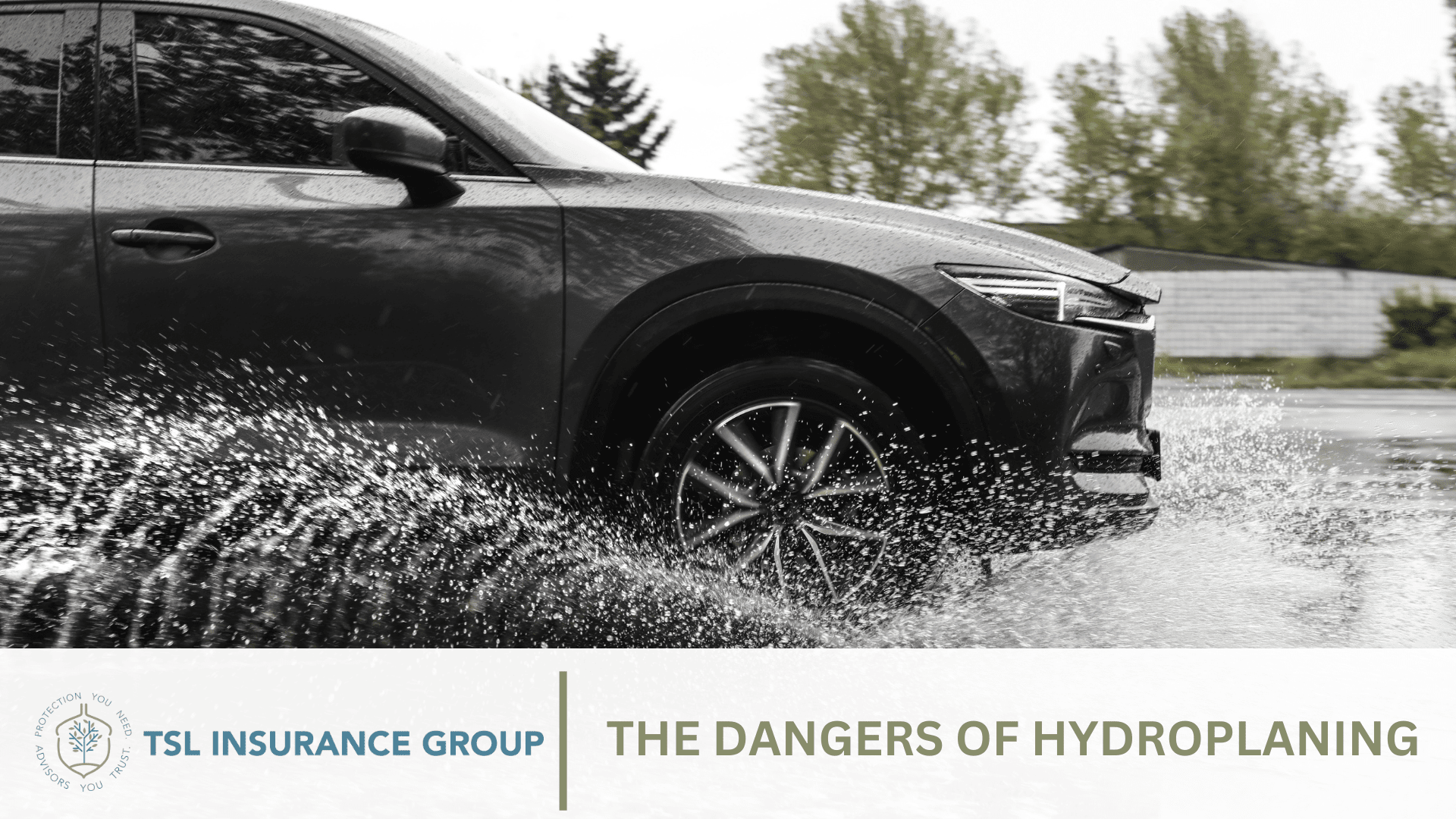Louisiana is one of the rainiest states in the country, primarily due to its humid subtropical climate in the region. The state frequently experiences heavy precipitation that originates from the Gulf of Mexico, leading to a significant amount of rainfall.
Wet pavement contributes to nearly 1 million accidents annually, underscoring the significance of recognizing the risks associated with hydroplaning and taking appropriate measures to prevent such incidents.
Hydroplaning occurs when a vehicle’s tires lose traction due to driving on a wet surface at high speeds — causing it to quickly skid out of control.
Even if your car has the best tires, brakes, and traction system available today, hydroplaning can still occur.
Fortunately, there are some critical steps that you can take to reduce your chances of hydroplaning and mitigate its potentially harmful effects when it does happen.
Keep reading below as we tackle this important topic: understanding the dangers of hydroplaning!
What is Hydroplaning?
Hydroplaning occurs when a vehicle loses control and slides on a wet road surface. This water then creates a thin film that separates the tires from the road, resulting in a loss of steering, braking, and power control.
Hydroplaning is possible on any wet surface, but the first 10 minutes of light rain can be particularly hazardous.
During this time, the road surface is often most slippery due to a mixture of water and oil residue, increasing the risk of losing control and sliding uncontrollably.
3 Factors Contributing to Hydroplaning
When driving in wet conditions, being aware of the elements that can contribute to hydroplaning is crucial for maintaining control and avoiding accidents.
Factors such as water accumulation on the road surface, insufficient tire tread depth, and high vehicle speed can all increase the risk of hydroplaning.
Road conditions
One major factor contributing to hydroplaning is the condition of the road surface itself. When rain falls and slickens the road, it significantly increases the risk for drivers.
The water creates a layer between the tires and the pavement, reducing traction and making it easier for vehicles to lose control, especially at higher speeds.
Vehicle speed
Vehicle speed plays a critical role in maintaining control on wet surfaces, as higher speeds make it more challenging to stay in control.
Additionally, the presence of standing water exceeding 1/10 of an inch, along with oil and debris on the road, further amplifies the risk of hydroplaning.
Tire tread depth
Maintaining proper tire tread is vital for optimal grip on the road. Tire tread refers to the grooved pattern on the tire’s surface that makes contact with the road, playing a crucial role in preventing hydroplaning.
It helps disperse water beneath the tire, ensuring traction and minimizing the risk of sliding on wet surfaces. Worn tires with shallow tread depth offer less traction and are more prone to hydroplaning.
What to Do If Hydroplaning Occurs
Although terrifying, it is important to stay calm while hydroplaning and not to have a panicked reaction. If you experience your car sliding on the road, remember these three things:
- Release the accelerator. Gradually reduce your speed until you feel your tires make contact with the road.
- Maintain a steady course. Keep the steering wheel straight and avoid jerky movements, as this could cause your car to spin out of control.
- Avoid braking abruptly. Do not slam on your brakes, instead remember the first two steps and let the car gently reconnect with the road.
Tips to Avoid Hydroplaning
Regular vehicle maintenance
It is vital to prioritize maintaining proper tire tread depth, tire pressure, and overall vehicle condition to minimize the risk of hydroplaning.
You can check the tread depth of your tires by simply inserting a penny into the tire’s tread groove with Lincoln’s head upside down. If you can see his entire head, you need to replace your tires.
While driving
To mitigate the risk of hydroplaning, maintain a moderate driving speed that allows your tires to effectively disperse water and reduce your speed by a third in rainy conditions or on a wet road.
Additionally, steer clear of puddles and standing water, avoid outer lanes prone to water accumulation, and try to drive within the tire tracks left by preceding vehicles for better traction.
In the car
It is advised to deactivate the cruise control, drive in a lower gear to maintain better control, avoid sudden or hard braking, and minimize sharp or abrupt turns for smoother and more predictable handling of the vehicle.
Read also: Driving in Heavy Rain: Do’s and Dont’s
Does My Car Insurance Cover Hydroplane Accidents?
When it comes to driving in wet weather conditions, hydroplaning can be a common hazard. The question arises as to whether or not your car insurance covers any damages or injuries caused by hydroplaning accidents.
In Louisiana, if you’re driving and involved in a single-car accident caused by hydroplaning, the driver is usually considered at fault, so you can’t sue for damages. However, if you have collision coverage, your insurance company may cover the costs of repairing your vehicle.
If you have medical payment coverage, your insurer may help pay for your and your passenger’s medical bills.
If hydroplaning causes you to hit another vehicle and you are determined to be at fault, your liability coverage may cover the other party’s medical expenses and the damage to their car.
We recommend reviewing your policy and consulting with your insurance provider to ensure that you are fully protected in the event of an accident caused by hydroplaning.
If you are looking for auto insurance in Baton Rouge, LA, TSL Insurance Group can help! We also have four other offices across Louisiana in Lafayette, Abbeville, Franklin, and Lutcher, to better serve our clients. Contact one of our Risk Advisors today by filling out the form below to get a free quote!


Recent Comments